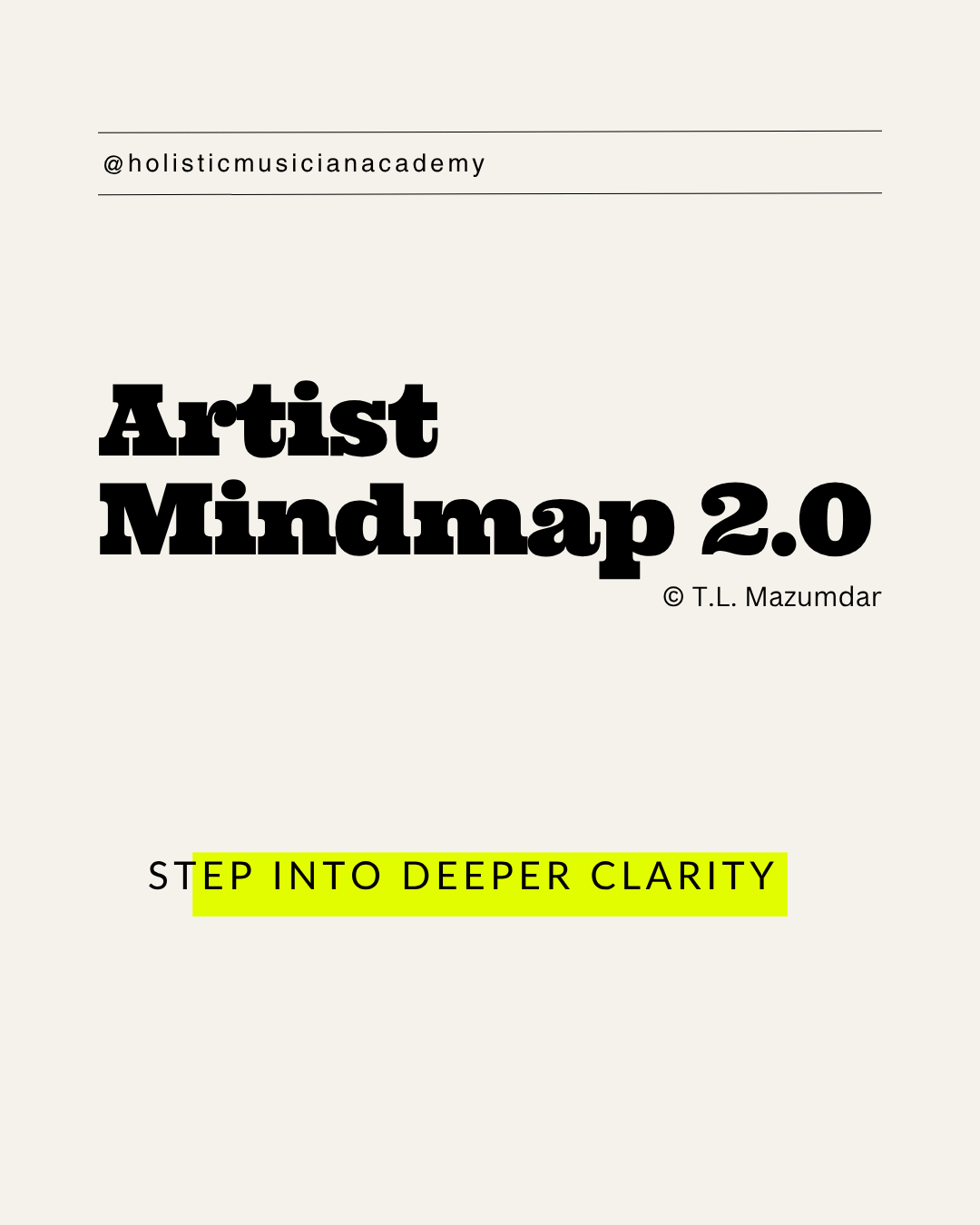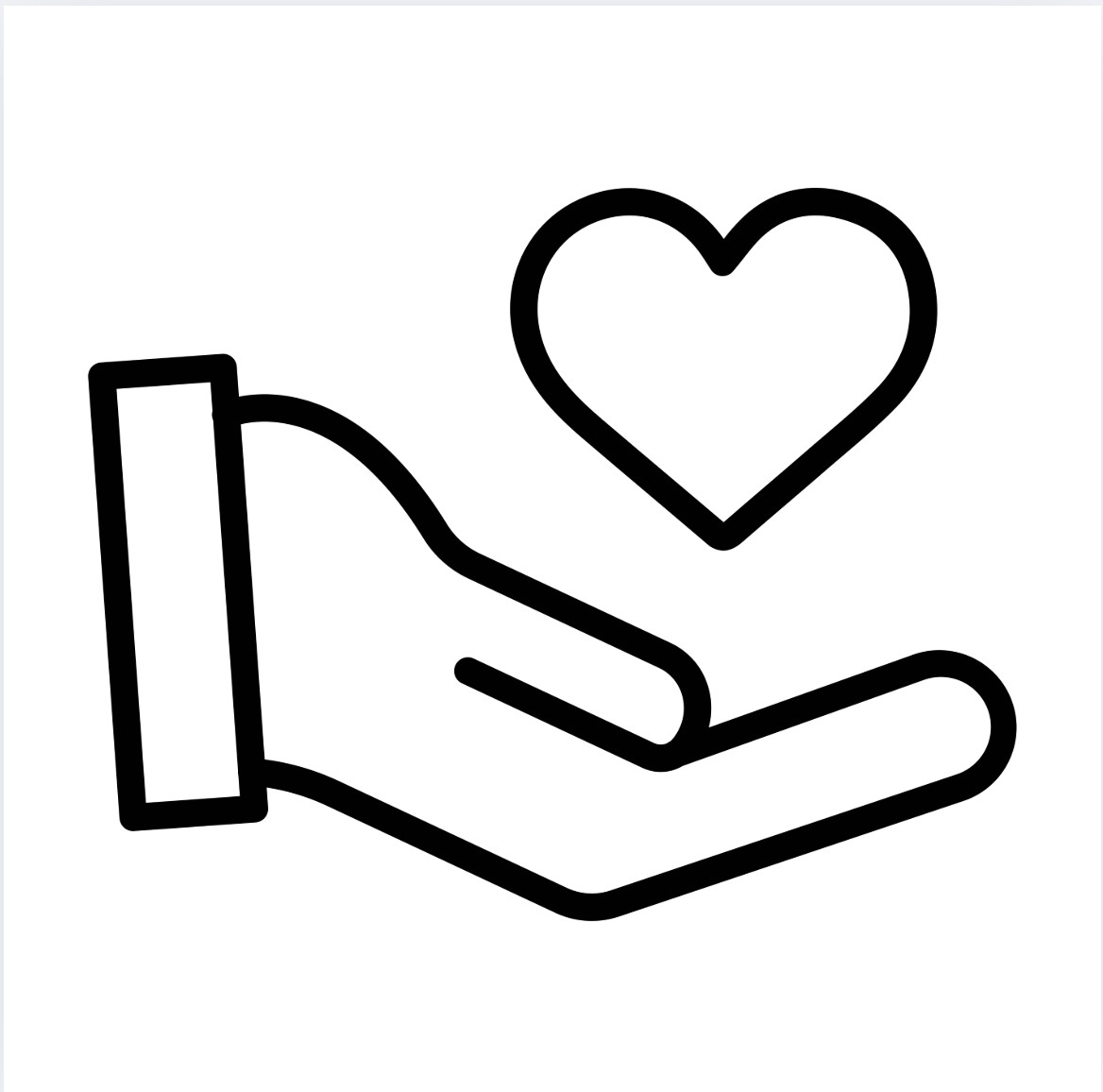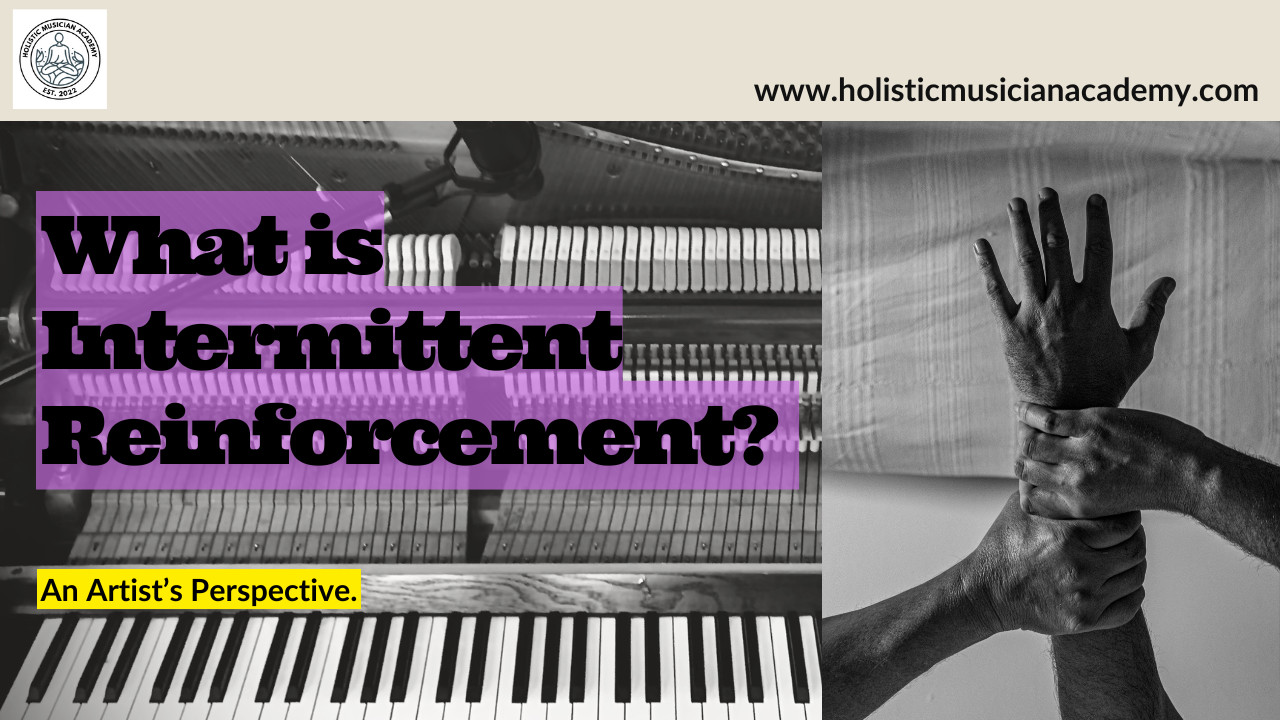
Authenticity, vision, and the desire to push boundaries.
If you’re an artist, hopefully, you will have come across these ideas and what they mean to you, at some point in your journey.
But here’s a question I have for you:
How frequently have you felt caught between your own creative impulses and the desire to meet someone else’s expectations?
And how often did you even realize that’s what was happening when it was?
(Ok. So that was two questions).
If your experiences have been anything like mine, (or my clients and peers), the answer to the first one is a resounding affirmative.
So that’s the good news–you’re not alone on this.
The bad news? Chances are that you don‘t know how this internal conflict may be aggravated and enabled by some very deep behavioral patterns. One in particular that I’d like to talk about today.
People-pleasing.
In this article, I’m going to try and explore the history of this concept, its psychological roots, and common effects specific to artists.
I’ll also try to consider how the behavior can differ across cultures and why addressing it is essential.
The History and Origins of People-Pleasing
People-pleasing is not a new phenomenon. The desire to appease others and conform to societal expectations has been documented for a while now.
In classical sociology, scholars like Émile Durkheim and Max Weber both analyzed how societal norms shape individual behavior. Durkheim's concept of social integration emphasized the role of societal pressures in forming individual identity, while Weber's idea of the iron cage highlighted the restrictions placed on personal freedom by the same.
In the context of artists, these pressures can become particularly acute, as creative works are generally subject to public interpretation, criticism, and validation.
From a strictly psychological standpoint, the origins of people-pleasing are often rooted in childhood experiences. Attachment theory, a well-established concept developed by John Bowlby, talks about how individuals who grew up in environments where love and approval were conditional, may develop people-pleasing tendencies as an unconscious strategy to secure affection and avoid rejection.
These behaviors can persist into adulthood, influencing relationships, careers, and creative output.
Psychologists like Karen Horney and Carl Rogers later expanded on these ideas, discussing the dangers of neediness for external validation and how they conflict with an individual’s ‘true’ self, leading to anxiety and emotional distress.
People-pleasing can be connected to:
Approval-seeking behavior.
Fear of rejection.
Low self-esteem.
Why are artists susceptible to People-Pleasing?
One reason artists are particularly vulnerable to these behavioral patterns is the paradoxical nature of the artistic process.
Our work can be deeply personal and yet open to public scrutiny. Inherently tied to self-expression on one hand, yet constantly under pressure to conform to external perceptions, on the other.
Audience preferences or market demands can distort this expression further, leading to what Carl Jung described as the tension between the ‘persona’ (the mask we show the world) and the ‘shadow’ (the parts of ourselves we hide).
The compulsion to meet external expectations can end up becoming a dominant force in our lives. Research by psychologist Harriet Braiker highlights how individuals exhibiting chronic people-pleasing tend to experience high levels of stress, anxiety, and depression, as their self-worth becomes increasingly dependent on external approval.
And as artists strive to meet the expectations of clients, fans, or critics, this can manifest unknowingly through harmful patterns like self-censorship, overworking, fear of disapproval, anxiety, and/or creative burnout.
The result? Potential long-term damage in the artist’s mindset that can erode authentic creative expression in our practice.
When we prioritize external validation based on subconscious fears over our true artistic instinct, we risk diluting the core message and producing work that falls short of the depth and originality we are capable of.
This could lead to a loss of creative identity and disconnection from the very seed that drives our artistic practice.
The implications of these are not to be underestimated.
Cultural Differences and the Global Context of People-Pleasing
People-pleasing is a universal phenomenon, but its expression can vary significantly across different cultures.
In collectivist societies, the emphasis on harmony, social cohesion, and familial duty can exacerbate people-pleasing behaviors. Some traditions emphasize the respect for authority and the prioritization of group needs over individual desires, which may pressure artists into suppressing their voice in order to ‘fit in’. Others may face pressure to edit or censor their work according to cultural ideals or the demands of the entertainment industry, stifling their ability to take creative risks.
Conversely, hyper-individualistic cultures place a questionable degree of emphasis on personal freedom and self-expression. People-pleasing in these circles tends to manifest differently, particularly in industries where personal success is often tied to somewhat shallow yardsticks like marketability or metrics alone.
Here, the individual pressure to live up to expectations or appear ‘relevant’ enough, can lead to self-doubt and creative compromise, as artists grapple constantly with a compulsion to produce work that is commercially viable without sufficient inner space or time to to discern if it is personally meaningful.
Cultural factors also influence how people-pleasing behaviors are perceived in general.
In certain circles, the desire to please others may be viewed as a positive trait—signifying empathy, cooperation, and a willingness to put the needs of others first. In others, it may be seen as a sign of intrusiveness and lack of character.
Understanding these cultural nuances is crucial for artists who navigate global markets and audiences, as the pressures they face can vary widely depending on their cultural context.
The Problem with Putting Others First
The compulsion to put others’ needs ahead of our own often stems from the belief that self-sacrifice is virtuous, but this mindset can be a dangerous fallacy when it compromises our well-being.
While helping others is a core part of human connection and empathy, doing so at the cost of one's mental, emotional, or physical health is an easy trap to fall for, which in a worst-case scenario can lead to ‘martyr syndrome’ (which I talk about in another post as well).
This can occur when an individual consistently neglects their own needs in favor of others, which can lead to burnout, resentment, and a diminished sense of self-worth.
Despite the benevolent human instinct to be helpful and accommodating, research shows that doing so ignoring our own boundaries makes for less effective relationships and personal pursuits, and is actually counter-productive in fostering genuine connections.
It’s the kind of behavior that tends to perpetuate unhealthy dynamics where self-worth becomes dependent on external validation, leaving the individual drained and unfulfilled.
I always use the Oxygen-mask-on-plane analogy with my clients to explain this dynamic. If we are struggling for air ourselves, we need to address that first before trying to help someone else with theirs.
I always use the Oxygen-mask-on-plane analogy with my clients to explain this dynamic. If we are struggling for air ourselves, we need to address that first before trying to help someone else with theirs.
People-pleasing vs Narcissism
It’s important that this idea not be conflated with blatant selfishness or narcissism. Setting healthy boundaries and self-absorption that disregards others entirely are not the same thing. While people-pleasing puts others first to a fault, narcissism involves an exaggerated sense of one's importance and a lack of empathy for others.
The balance between caring for others and maintaining personal boundaries requires nuanced judgment. Neither extreme self-neglect nor self-centeredness is the solution here.
Navigating this balance is complex and highly individualized, which is why many people benefit from the guidance of a coach, therapist, or mentor. Professionals who can help examine the underlying fears, beliefs, and patterns driving our behavior, hold up a mirror to help us identify our blind spots, and provide strategies for healthier interactions.
Everybody’s timeline with self-awareness is unique and requires tailored support to navigate the intricate dynamics between self-care, boundaries, and empathy.
The Impact of People-Pleasing on Artists
The consequences of people-pleasing for artists can be far-reaching.
In addition to the mental toll of constant approval-seeking, people-pleasing can stifle innovation and limit creative potential. Practitioners who prioritize the preferences of others over their artistic instincts may find themselves unwittingly trapped in a cycle of producing work that is ‘safe’, predictable, and ultimately unsatisfying.
This phenomenon can be particularly damaging in the early stages of an artist’s career when the need for recognition and financial stability is particularly relevant. Emerging musicians may feel pressured to produce music without exploring more experimental or personal themes.
Over time, this disconnection from one's authentic self can lead to creative burnout, a condition characterized by emotional exhaustion, a sense of detachment from one’s work, and a loss of creative motivation. Research has shown that artists who struggle with burnout are more likely to experience anxiety, depression, and even physical health problems as a result of the constant pressure to meet external expectations.
How Artists Can Overcome People-Pleasing Tendencies
Overcoming people-pleasing tendencies is essential for us to reclaim our artist profiles and personas and protect our mental health. The journey involves self-awareness, boundary-setting, and learning to navigate the pressures of external validation without compromising artistic integrity.
If this article resonates but you’re not sure where to start, I’d like to leave you with some specific actionable steps that you may find helpful.
1. Identify Your Triggers for People-Pleasing
The first step is recognizing instances where you tend to prioritize others over yourself. Reflect on moments where you’ve compromised your creative vision or personal well-being to meet others’ expectations. Usually, some patterns bring out similar behavioral responses. Keeping a journal or engaging in mindfulness practices can help you identify patterns, whether it’s fear of criticism, financial pressures, or the need for approval. Once you understand these triggers, you can actively work to counter them.
2. Set Clear Boundaries for Your Creative Work
Boundaries are critical to maintaining artistic integrity. Begin by defining your limits, such as the type of feedback you will accept or how much you're willing to adjust your work for clients, venues, galleries, or audiences. Communicate these boundaries clearly and confidently to collaborators and clients.
(Consider reading my article on setting healthy boundaries as an artist).
3. Learn to Say No (Gracefully)
Saying no can feel very difficult for us in certain situations but an essential skill to preserve our mental and emotional energy. Practice asserting your needs by negotiating projects, collaborations, or requests professionally. Do not hesitate to refuse those that don’t align with your values or creative vision. You can still be kind and respectful in your refusal. Consider training and refining your communication skills through courses and coaching to master this skill.
(My article on Digital Etiquette might be helpful).
4. Celebrate Your Wins
Learn to celebrate your creative progress, whether it's finishing a project, experimenting with a new medium, or learning a new skill.
One of the core issues with people-pleasing is an imbalanced need for external validation and constant self-doubt. Usually due to a lack of true confidence from within.
To counter this, develop the habit of making sure you celebrate your wins, no matter how sall they might seem.
Regularly reflect on why you became an artist, how you’d like to go about it and what you need to do in order to do so. Your art begins with the personal meaning behind your work, not relying on others' approval for your sense of accomplishment.
(My article on the Why-What-How framework talks about this in detail).
5. Create Art for Yourself First
People-pleasing can push artists to lose touch with their own creative desires.
Set aside time to create work just for yourself without any external agenda or audience in mind. Whether it’s a side project, piano practice, sketchbook, or personal photography, this practice reconnects you with your intrinsic motivations and allows you to explore your creative instincts freely, which can reignite passion and authenticity.
6. Seek Constructive Feedback Instead of Approval
Learn to distinguish between constructive feedback and approval-seeking.
Ask for input from trusted mentors, colleagues, or peers who understand your artistic goals and can offer guidance without pressuring you to compromise your vision. This allows you to grow as an artist without becoming overly reliant on external validation.
My article on Critical Thinking might be helpful to you in this regard.
7. Work with a Therapist, Coach, or Mentor
People-pleasing can be deeply ingrained, often tied to past experiences or self-esteem issues.
Working with a therapist or creative coach can help you unpack these behaviors and develop healthier habits. Therapy modalities can help challenge negative thoughts related to rejection and perfectionism, while creative mentors can guide you through professional challenges without imposing their own agendas on your work.
Read this interview excerpt with Sheila Chandra on why artists need coaching.
8. Reframe Failure and Criticism
Fear of failure and criticism often fuels people-pleasing behavior. Instead of viewing criticism as a personal attack, reframe it as a learning opportunity. Remind yourself that not everyone will resonate with your work, and that’s okay. Successful artists embrace both positive and negative feedback as part of the growth process, rather than altering their work to please everyone.
My article on the growth mindset can be helpful for you.
Conclusion
People-pleasing is a complex psychological phenomenon with deep historical and cultural roots, and it poses significant challenges for artists in particular.
The tension between external validation and authentic self-expression can lead to more emotional distress than we often realize if left unaddressed. However, by recognizing the signs of people-pleasing and actively working to cultivate self-awareness and resilience, we can reclaim our creative voices fearlessly and pursue our true potential. In doing so, we not only protect our mental health but also contribute to the richness and diversity of artistic expression in an increasingly globalized world.
---
References:
- Bowlby, J. (1969). *Attachment and Loss, Volume I: Attachment*. Basic Books.
- Durkheim, E. (1897). *Suicide: A Study in Sociology*. Free Press.
- Braiker, H. B. (2001). *The Disease to Please: Curing the People-Pleasing Syndrome*. McGraw-Hill.
- Horney, K. (1950). *Neurosis and Human Growth: The Struggle Toward Self-Realization*. Norton.
- Jung, C. G. (1953). *Two Essays on Analytical Psychology*. Routledge.
- Rogers, C. R. (1961). *On Becoming a Person: A Therapist's View of Psychotherapy*. Houghton Mifflin.
Braiker, H. B. (2001). The Disease to Please: Curing the People-Pleasing Syndrome. McGraw-Hill.
Twenge, J. M., & Campbell, W. K. (2009). The Narcissism Epidemic: Living in the Age of Entitlement. Free Press.
Join my free training.









0 Comments